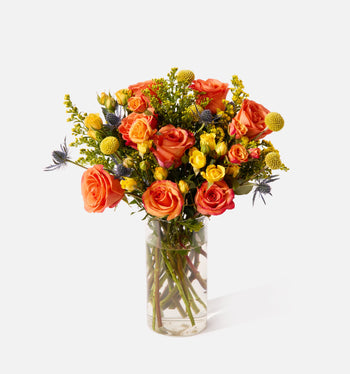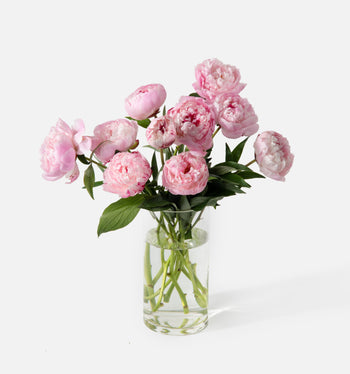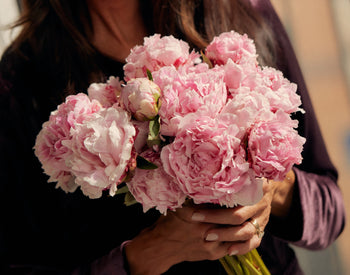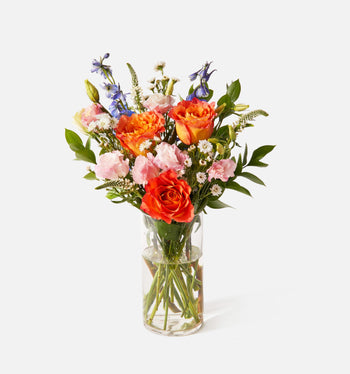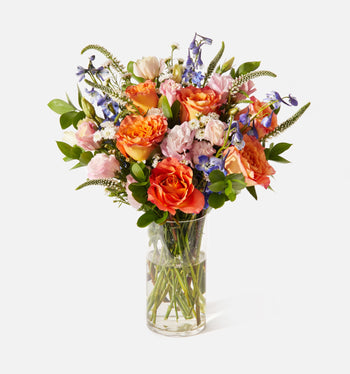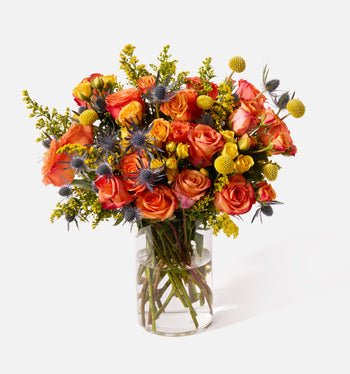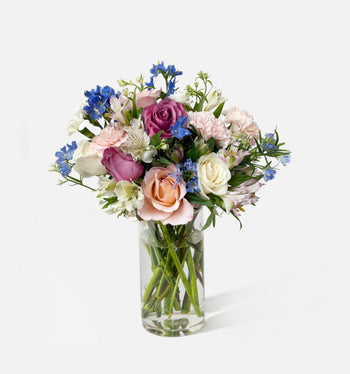If you thought New York City was the ultimate concrete jungle, you’ll be surprised to learn that generations of city planners have made sure that there are plenty of parks, open-air spaces, and even wildlife preserves and sanctuaries that serve as retreats from the hustle and bustle.
Across the five boroughs, there are nature trails, native plant habitats, ravines, lakes, and even turtle ponds. Here’s where to find them.
The iconic park stretches for fifty city blocks north to south in upper Manhattan, surrounded by the posh high rises of the upper east and west sides. Designed in 1857 by landscape architects Frederick Law Olmsted and Calvert Vaux, it brought to life Olmstead’s view that all citizens should have access to green living spaces.
The park has several lakes, a small zoo where the penguins are the star attraction, a theater, a skating rink, and much more to discover. The Ramble is a wild, preserved nature trail popular with birders. The Hallett Nature Sanctuary is a peaceful retreat with walking trails, benches, and plenty of wildlife including woodchucks, raccoons, ducks, rabbits, and turtles. There’s even a hidden waterfall near the exit.
The North Woods and Harlem Meer are also places to enjoy the sights and sounds of nature in the wild, with sightings of turtles and waterfowl.
Brooklyn Botanic Garden
This 52-acre jewel of an urban oasis tucked away near the Brooklyn Museum was designed by the Olmsted Brothers firm in 1910. There are a series of gardens and conservancies like the Native Flora Garden and the Discovery Garden for children to explore local ecosystems of woodland, meadow, and marsh.
Popular favorites include the Cherry Esplanade, especially in late April when the trees bloom, and the Japanese Hill and Pond Garden with a waterfall, an island, wooden bridges, stone lanterns, a Shinto shrine, a pavilion, and a wooden torii. There’s also a Rose Garden, herb and fragrance gardens, woodlands, orchid houses, plant collections, and much more to delight a nature lover’s heart.
Prospect Park
Another one of Olmstead’s far-sighted projects, Prospect Park is a favorite spot for picnics, biking, baseball, kayaking, and open-air movies. The ravine with dense foliage and waterfalls at the heart of the park creates a wilderness in the middle of the city. Prospect Lake is a favorite haunt for birds and bird watchers and the Lullwater is a wetland where you can see waterfowl and green herons.
Bronx Zoo
Lions and tigers and bears! And gorillas, sea lions, giraffes, bison, elephants, and many many more species are in the largest urban zoo in the US. The animals live in spacious natural habitats that recreate their native ecosystems, with devoted keepers who provide them with all the necessities and many of the luxuries of life, including species-specific birthday cakes and enrichment tools and games.
New York Botanical Garden
Established in 1891, the New York Botanical Garden covers 250 acres in the Bronx Park and includes greenhouses, conservatories, and one of the world's largest libraries for botanical texts. The Thain Family Forest preserves the area’s original landscape where you can see marks left by glaciers, Native American hunting trails, and trees that are hundreds of years old. The Azalea Garden in bloom in the spring with pink, purple, and white flowers is a sight to remember.
Jamaica Bay Wildlife Refuge
Way out at the east end of the boroughs of Brooklyn and Queens, the Jamaica Bay Wildlife Refuge sprawls over 9,000 acres across a landscape of open water and intertidal salt marshes with dunes, ponds, woodland, and fields. It attracts over 330 species of land and shorebirds and is a major stopping point for seasonal migrations. West Pond and Big John’s Pond are the best locations to observe birds and wildlife.
Pelham Bay Park
The largest park in New York includes bridle paths and hiking trails, a saltwater shoreline along Long Island Sound, Orchard Beach, golf courses, playgrounds, and a historic mansion. It’s home to numerous wild species, with pride of place going to the osprey. The hiking trail on Twin Island takes you to a spectacular view of the Sound.
The Thomas Pell Wildlife Sanctuary and the Hunter Island Marine Zoology and Geology Sanctuary cover forests and marshlands that are home to raccoons, egrets, hawks, and other wildlife.
The Highline
A uniquely New York space, The Highline is an elevated urban garden and walkway created over disused subway tracks. Opened in 2009, the gardens run for nearly a mile and a half along midtown Manhattan, with a woodland, water features, and a wildflower field. This is where you find the City in harmony with nature.
American Museum of Natural History
New Yorkers like to believe that their city is the center of the world. While that’s not quite true, you can find plenty of riches from around the world and beyond to explore here at the Museum of Natural History. From the giant dinosaur skeletons in the main hall to the exploits of the Mars Rover in 3D at the planetarium, you will be enthralled, entertained, occasionally alarmed, and educated. It’s a great place to bring the kids too—they’ll love the Hall of Human Biology and Evolution, the Hall of Meteorites, the butterfly conservatory, and the insectarium.
Fort Tryon Park and the Cloisters
Each NYC park has its own character, and Fort Tryon Park with its views of the Hudson River and the Palisades in New Jersey is another little gem all the way up in the Bronx. There are walking and hiking trails, dog runs, picnic spaces, and The Cloisters, the medieval art branch of the Metropolitan Museum of Art. You can make a day of it with outdoor activities in the park and a visit to the Museum with its famous unicorn tapestries.
Staten Island Greenbelt
Even though it’s an island, Staten Island is still very much part of the city, including in its love of nature. The Greenbelt consists of a connected landscape of forests, meadows, wetlands, ponds, and parks. At its center is Moses Mountain, where hikers can enjoy views of the Greenbelt and the Atlantic Highlands in New Jersey.
Riverside Park
Covering over 400 acres along the Hudson River on the Upper West Side of Manhattan, Riverside Park has bike and running trails, skate parks, a playground, a bird sanctuary, and a stunning view of the water and the marina.
Smaller parks scattered throughout the city like Union Square Park, Madison Square Park, and many others provide residents and visitors a much-needed respite from the stresses of urban life and a chance to reconnect with nature. It turns out that one of the world’s largest cities is a nature-lovers’ paradise too.



